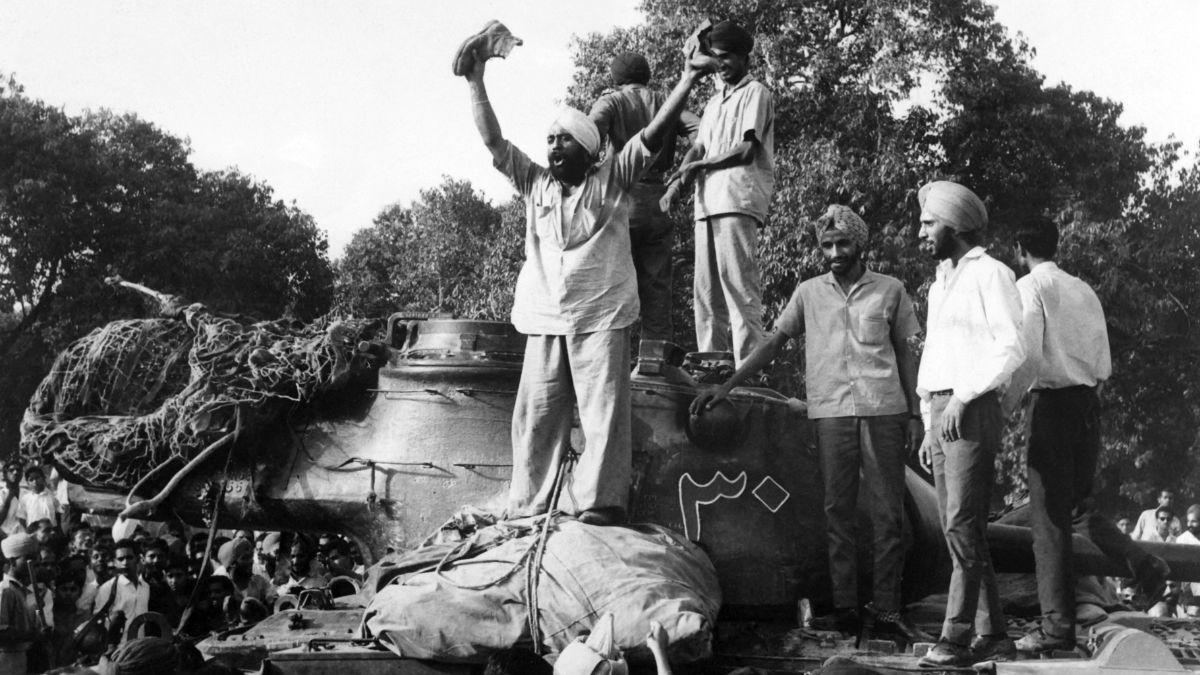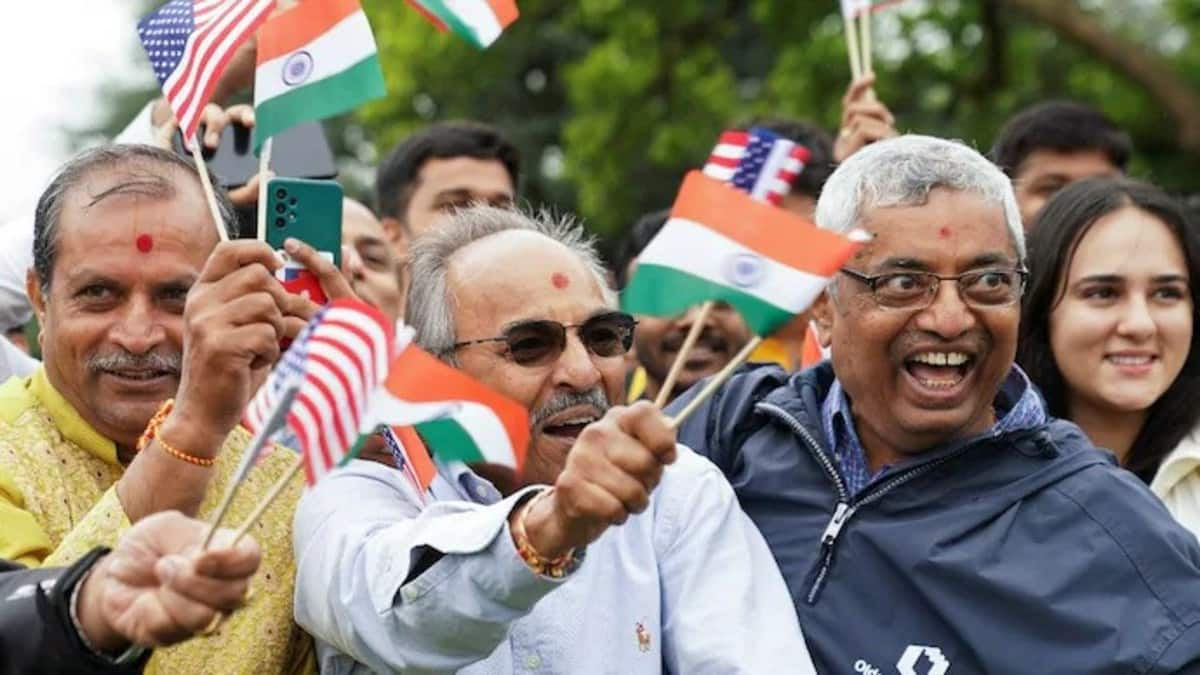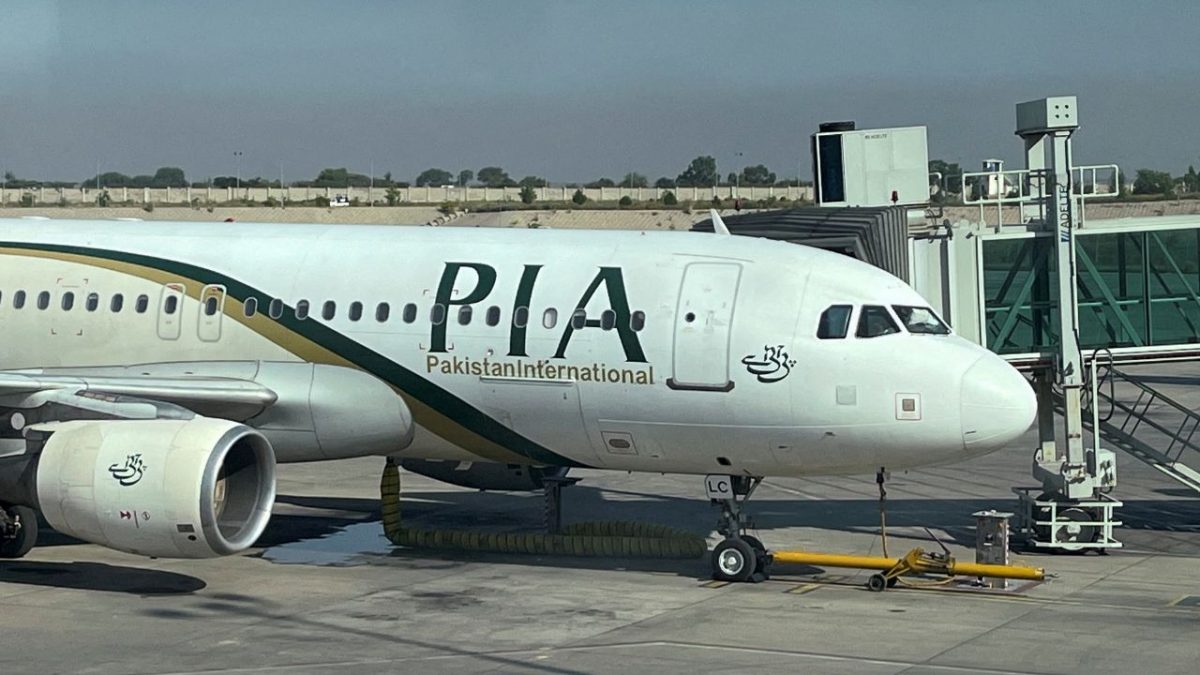Barely two months after India’s partition in August 1947, Pakistan launched ‘Operation Gulmarg’ on October 22, in a bid to annex the state of Jammu and Kashmir (J&K), employing tribals duly supported by the regular army personnel. Sensing imminent collapse, Maharaja Hari Singh signed the ‘instrument of accession’ four days later on October 26, legally ceding J&K to India. The very next day, Indian troops were airlifted to Srinagar to defend the state against the Pakistani aggression.
The escalation of conflict led to the full-fledged war, referred to as the First Kashmir War (1947-48). It was characterised by a series of battles fought in the rugged high-altitude terrain, amidst formidable logistics challenges. The war ended with the UN calling for a ceasefire on January 6, 1949. While India was able to gain control of around two-thirds of J&K, Pakistan did manage to occupy almost one-third, ie, Pakistan-occupied Kashmir (PoK).
However, the growing Islamic zeal, Delhi’s pacifist policies and the India-China war of 1962 made Pakistani leadership believe that India had been weakened due to its internal diversity and lacked the national will to wage a decisive war. Field Marshal Ayub Khan, who had seized power in a military coup in 1958, strongly embodied this perception. Pakistan joined the US-led military alliances, namely the South East Asia Treaty Organisation (SEATO) and Central Treaty Organisation (CENTO), which enabled it to acquire modern weapons from the US, including F-86 Sabre jets, F-104 Starfighters, M-48 Patton tanks, artillery guns and an assortment of sophisticated infantry weapons. The Pakistani military even received training in the US and Britain. All these gave Pakistani leadership a sense of superiority and readiness to go to war with India.
As aforesaid, India’s debacle in 1962 in the wake of Chinese aggression further emboldened Pakistan. Ayub Khan assumed that the Indian military’s preparedness was low. He had proclaimed that “India is a holy cow that won’t bite”, implying that Indian leadership would avoid confrontation even if provoked. Equally misplaced was his infamous statement about Indian soldiers when he said, “The Hindu Army has no stomach for a fight and can be silenced with a few shots.” Ayub was now convinced that Kashmir, an unfinished agenda of the partition, could be wrested by employing military force.
Operations J&K and Western Front
Accordingly, the Pakistan Army planned two operations to translate Ayub’s grand design into reality. ‘Operation Desert Hawk’ was launched towards April 1965 in the Rann of Kutch as a probe to test India’s response. A few months later, in August, Pakistan launched ‘Operation Gibraltar’, a covert infiltration operation employing thousands of armed personnel composed of Pakistan Army ‘Special Service Group’ (SSG) soldiers, Mujahids (Muslim Warriors) and Razakars (Volunteer Guerillas), disguised as locals.
Impact Shorts
More ShortsPakistan’s design was soon unravelled. Far from sparking an uprising, the people of J&K united to defeat Pakistan’s misadventure. The Indian Army fought fierce battles resulting in the collapse of ‘Operation Gibraltar’, which proved to be a total disaster. Lal Bahadur Shastri, who had taken over as prime minister just a year earlier in June 1964 as a sequel to Pandit Nehru’s death, responded decisively. His directions were not only to push back the intruders but also to take the fight across the Cease Fire Line (CFL).
Crossing the CFL on August 15, the Indian Army went on to capture key peaks overlooking the Srinagar-Leh Highway and Kishanganga Bulge and made significant progress in the Uri-Poonch areas. Strategically important Hajipir Pass, 8 km deep into PoK, was captured on August 28, thus blocking major routes of infiltration. Pakistan had never expected such an audacious response.
Infuriated at the loss of Hajipir, Ayub Khan launched ‘Operation Grand Slam’ on October 1, a large-scale armoured offensive with technologically superior tanks in the Chamb-Jaurian Sector. The aim was to capture Akhnur and cut off Jammu. Pakistani forces were able to make gains as the Indian Army was caught unprepared and suffered heavy losses. However, India was able to blunt the attack by employing the air force.
‘Operation Grand Slam’ failed as the Pakistan Army could not capture Akhnur. To relieve pressure on Akhnur and make the Pakistani Army recoil, it was imperative to open up the theatre of operations. Accordingly, during the cabinet meeting chaired by Shastri Ji on September 3, a bold plan was made to destroy Pakistan’s war-waging potential and capture territory across the International Border (IB), though it was to be returned subsequently.
On September 6, the Indian Army commenced an advance along three axes, ie, Wagha-Dograi, Khem Karan-Kasur and Khalra-Burki, catching Pakistan off guard. In the Kasur Sector, in the Battle of Asal Uttar (8-10 September), the Indian Army blunted a major Pakistani offensive led by its 1st Armoured Division towards Khem Karan, the objective being Amritsar. During this battle 97 Pakistani tanks were destroyed against 10 lost by India. Khem Karan earned the moniker of ‘Patton Nagar’. Simultaneously, in the Battle of Burki (6-10 September), the town was captured on September 11 (by the 4 SIKH Battalion). On September 21, Dograi on the outskirts of Lahore was captured for the second time (by 3 JAT).
India launched another major offensive on September 9 towards Sialkot. The first major engagement took place at Phillora two days later. The Battle of Chawinda (September 14-19) witnessed the largest tank battle since the ‘Battle of Kursk’ during World War II. Here India’s 1 Corps was pitched against Pakistan’s 1 Corps. The battle ultimately ended in a stalemate. Pakistan lost over 200 tanks against India’s losses of only 29. The air power was used extensively by both sides, resulting in intense air engagements.
The Rajasthan sector also got activated towards September 8. Munabao, a strategic hamlet around 250 km from Jodhpur, was the scene of a major battle. It fell into Pakistan’s hands on September 10 and could not be recaptured by India.
Aerial Warfare and Naval Operations
The war witnessed aerial combat between the two air forces. While the Pakistan Air Force (PAF) was largely of American origin and equipped with superior aircraft, the Indian Air Force (IAF) flew an assortment of British and Soviet aeroplanes. India’s diminutive Gnat jet took a heavy toll on Pakistani Sabres and earned the nickname of ‘Sabre Slayer’. The IAF claimed to have downed 73 PAF aircraft and put its own losses at 59.
Pakistan did launch a few covert operations to target Indian airfields, specifically Halwara, Pathankot and Adampur, by paradropping SSG commandos. This operation turned out to be an utter fiasco, as most were killed by the Indian security forces and civilians.
The naval operations did not play a significant role but for the bombardment of the Indian Navy’s radar station at Dwarka by the Pakistani naval flotilla. The Indian Navy launched operations against Karachi but was restrained, as India had no intention to enlarge the scope of conflict beyond the ground operations.
Ceasefire and Tashkent Declaration
On September 20, the United Nations Security Council (UNSC) unanimously passed a resolution demanding an unconditional ceasefire from both the nations within 48 hours. While India accepted it immediately, Pakistan did so three days later with some theatrics. The role of the UN to mandate a ceasefire and the Soviet Union as a mediator was duly highlighted.
In Retrospect
The 1965 Indo-Pakistani War was the first full-scale conflict between the two nations. Lasting over three weeks, it witnessed fierce battles on the land, in the air and engagements at sea. The war ended without a decisive victory for either side. India captured around 1,800 square km of the enemy’s territory in Punjab, Sindh and J&K, as against Pakistan managing to seize around 550 square km in the Chamb-Jaurian sector. The Indian Armed Forces inflicted heavier losses on Pakistan in terms of humans, equipment and material. India definitely gained strategic advantage as Pakistan failed to wrest Kashmir through infiltration and subsequent offensive. Although initially caught off guard, India quickly mobilised and not only blunted the Pakistani offensive but also went on to launch a major counteroffensive.
The 1965 War had far-reaching consequences, beyond the gains/losses in terms of territory, men and material. It demolished the myth of India’s inaction and military weakness, proving Pakistani leadership—specifically Ayub Khan’s—wrong. India’s ability to repulse Pakistani aggression restored the confidence of its armed forces, which had suffered post-1962 setbacks. For India, the war became a reference point in its strategic thinking and reinforced the doctrine of decisive retaliation in the event of cross-border provocations. In respect to Pakistan, its military lost credibility and was forced to reassess assumptions about India’s passivity.
Prime Minister Shastri’s calm demeanour vindicated that determined politico-military leadership coupled with national resolve and unity could successfully withstand external aggression. All said, the 1965 Indo-Pakistani War proved to be a decisive turning point in South Asia’s strategic history.
The author is a war veteran and has served as Defence Attaché in China and North Korea. He is currently Professor of Strategic-IR & Management Studies. Views expressed in the above piece are personal and solely those of the author. They do not necessarily reflect Firstpost’s views.


)

)
)
)
)
)
)
)
)



